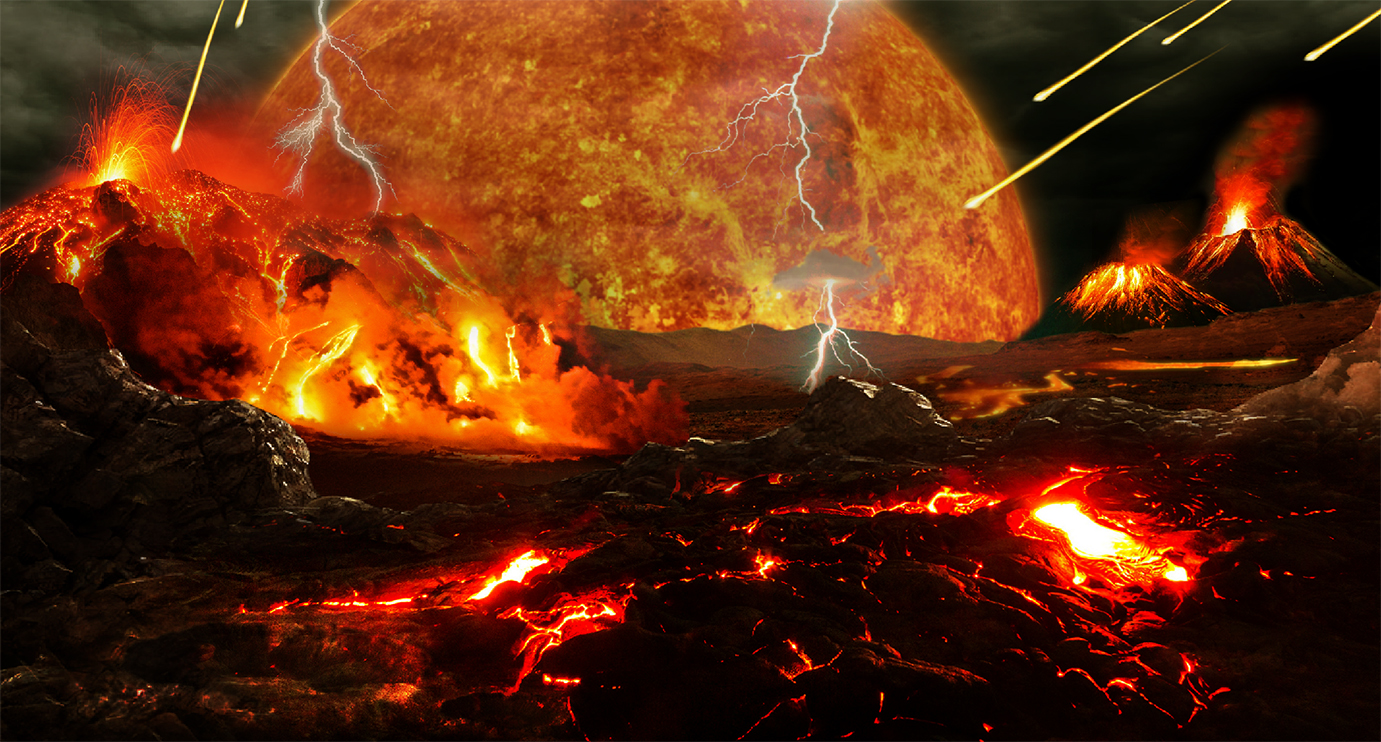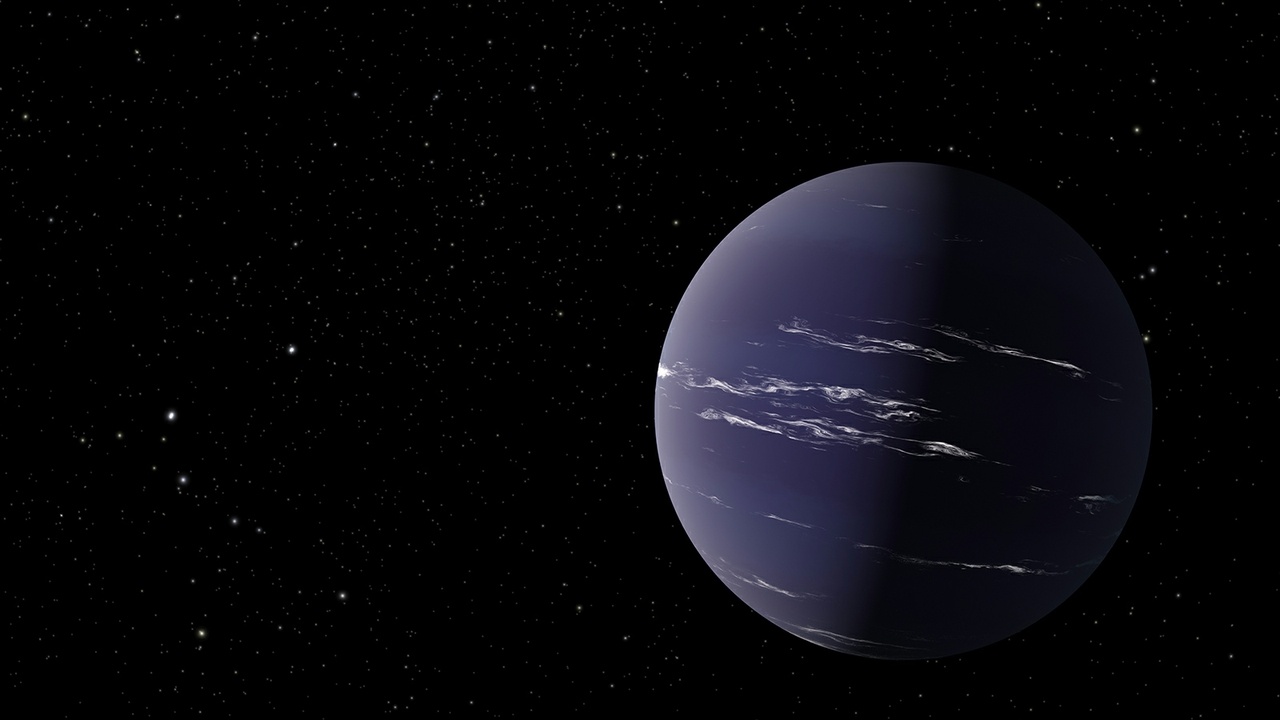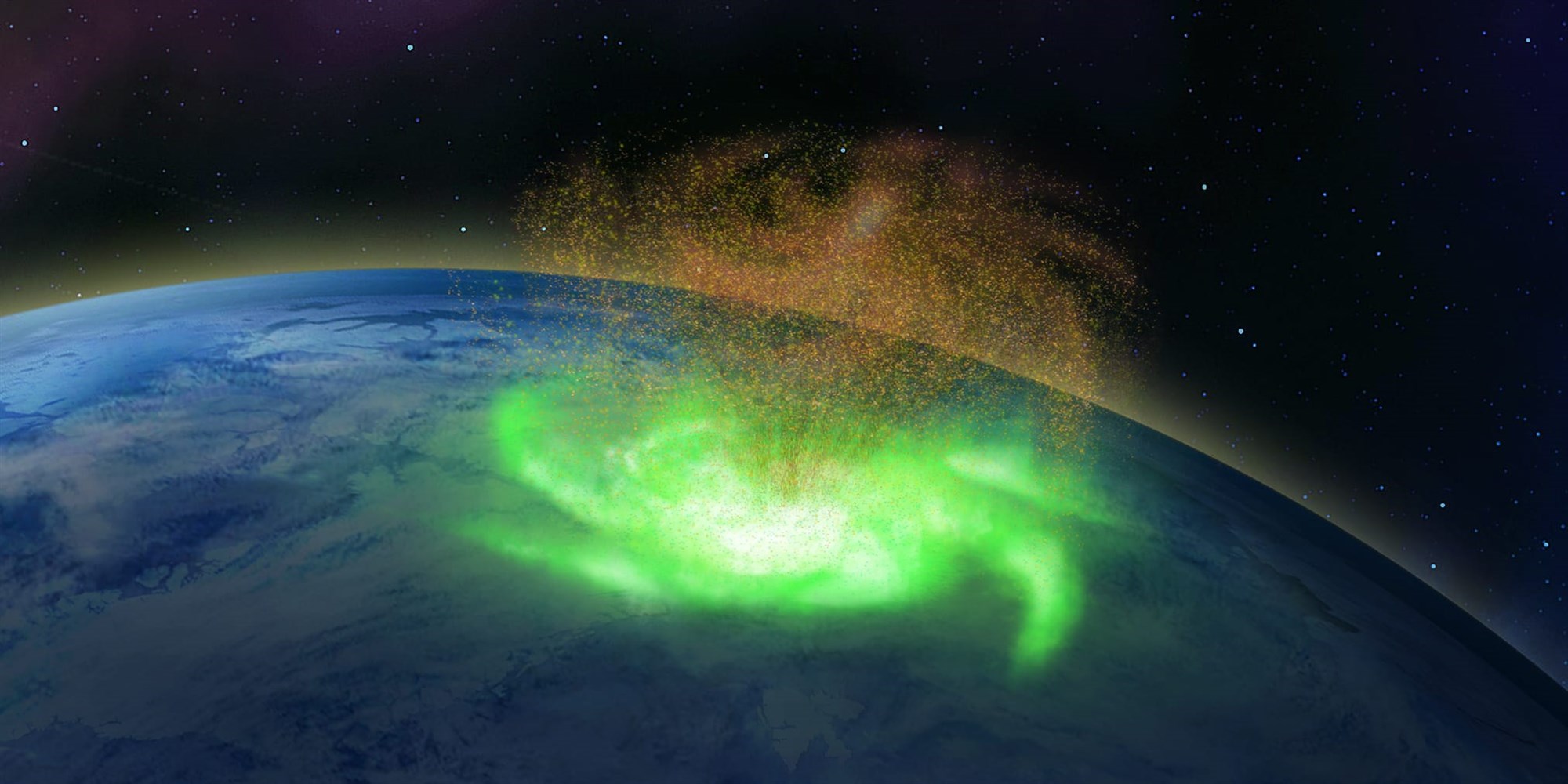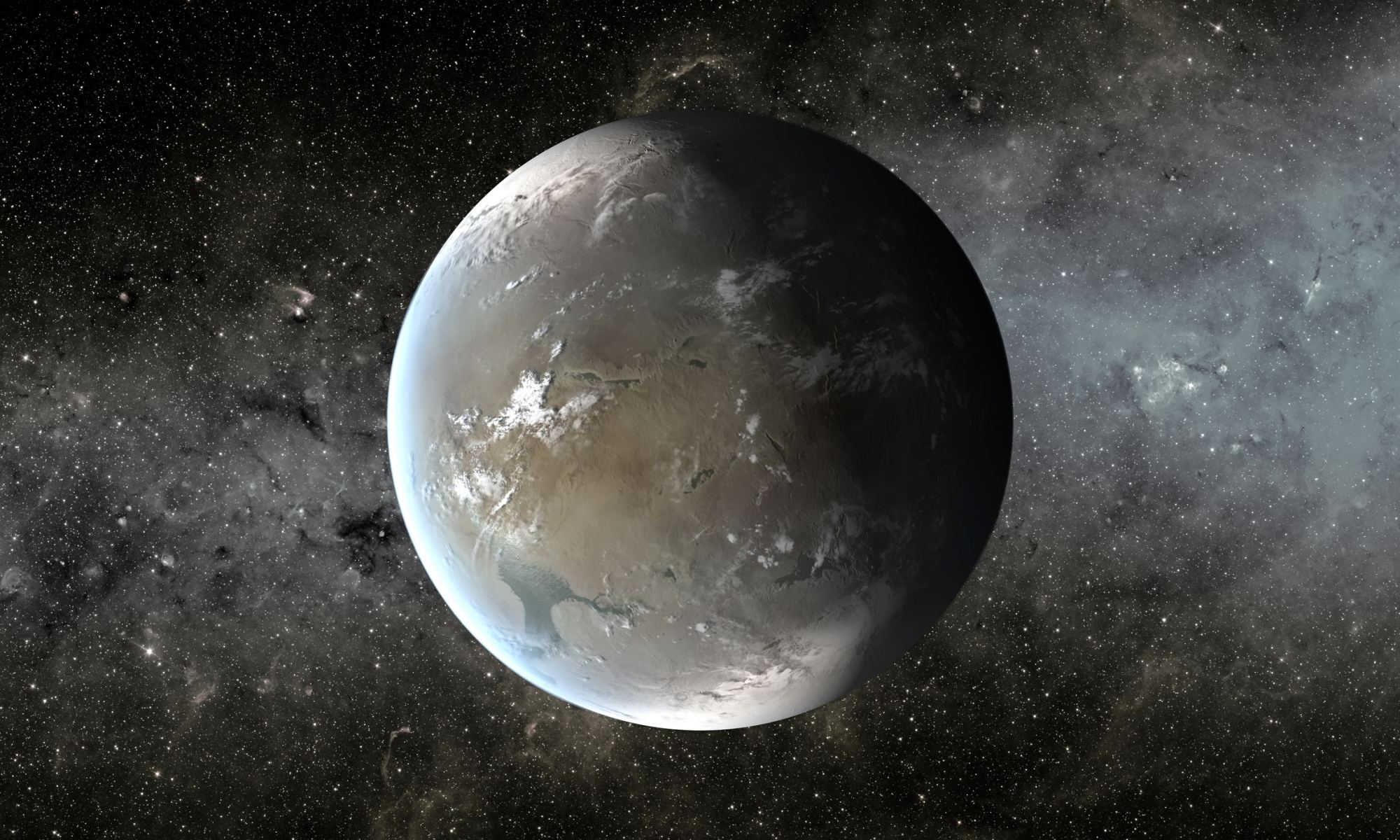We’re lucky to have a neighbour like Venus, even though it’s totally inhospitable, wildly different from the other rocky planets, and difficult to study. Its thick atmosphere obscures its surface, and only powerful radar can penetrate it. Its extreme atmospheric pressure and high temperatures are barriers to landers or rovers.
It’s like having a mysterious exoplanet next door.
Continue reading “Venus is Like an Exoplanet that’s Right Next Door”









